Wuhan Art Museum – Ticket Price, Opening hours, Location, and Highlights

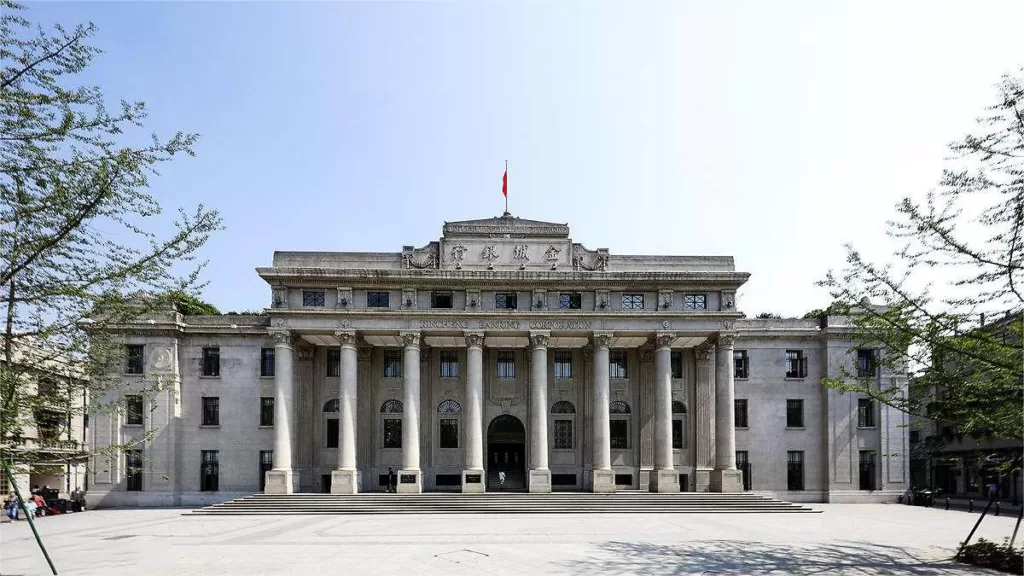
The Wuhan Art Museum (武汉美术馆), situated in the heart of Wuhan, is a cultural gem that has undergone a remarkable transformation from its original purpose as the HanKou JinCheng Bank Building. This historic building, designed by China’s first-generation architect Zhuang Jun, initially stood as a four-story reinforced concrete structure. In 2005, the Wuhan municipal government invested nearly 200 million RMB in the renovation and expansion of this landmark. The new museum preserves the original architectural charm while incorporating modern enhancements and renovations that align with the museum’s functional and facility requirements.
Table of Contents
- Basic Information
- Location and Transportation
- Historical Root of Wuhan Art Museum
- Design of Wuhan Art Museum
- Arts Center of Wuhan
- Vlog about Wuhan Art Museum
- Attractions near Wuhan Art Museum
Basic Information
| Estimated Length of Tour | 2 hours |
| Ticket Price | Free |
| Opening Hours | 9.00 – 17.00; Last admission: 16.00 Closed on Mondays |
| Telephone Number | 0086-027-82602713 |
Location and Transportation
The Wuhan Art Museum is situated in the Jiang’an District of Wuhan, Hubei Province, China, nestled between Zhongshan Avenue and Baohua Street. It is also in close proximity to the Yangtze River. To get there, you can choose one of the following ways:
Bus: Take bus 38, 608, or 801, and get off at Huitong Road Stop (汇通路站). Or take bus 1, 24, 408, 581, 711, or 727, and get off at Baohua Street Huangshi Road Stop (保华街黄石路站).
Metro: The closest metro station to Wuhan Art Museum is Jianghanlu (江汉路) on line 2 and line 6. After getting out of the station from Exit A, walk about 400 meters to the north to reach the museum.
Historical Root of Wuhan Art Museum
The former HanKou JinCheng Bank Building, where the Wuhan Art Museum now stands, saw its construction commence in 1930 and was completed in 1931. The bank’s main facade is adorned with Western classical columns, soaring three stories high, and features circular arched windows on the second floor. This architectural design offers a grand and majestic appearance with subtle variations. During the Japanese invasion of Wuhan in 1938, the HanKou JinCheng Bank Building was seized and used as the headquarters for the Japanese military command until the victory of the Chinese resistance in 1945 when it was returned to the bank. After liberation, in 1952, the building was leased by Wuhan Library, which subsequently established the Wuhan Youth Library within its walls in 1957. The groundwork for the establishment of the Wuhan Art Museum was laid in 2003, prompting the relocation of the Youth Library to a new venue.
Design of Wuhan Art Museum
The exterior of the Wuhan Art Museum retains the original architectural features of the HanKou JinCheng Bank, with the transformation focused on the interior. The museum boasts a central atrium surrounded by a corridor layout and features seven exhibition halls, with a combined exhibition space of approximately 2,600 square meters. The total exhibition line stretches over 1,000 meters, equipped with sliding panels and exhibition walls, ensuring flexibility in exhibition display and arrangement, creating a visually dynamic experience. The exhibition halls are equipped with advanced professional lighting systems that both enhance the displayed artworks and create an elegant artistic ambiance. Additionally, the museum is outfitted with advanced central air conditioning, temperature and humidity control systems, 24/7 security, and fire monitoring systems, along with other automated management facilities. Furthermore, the museum includes areas for training classrooms, restoration rooms, art salons, galleries, and more, enabling it to fulfill its diverse functions, including exhibition display, collection preservation, academic research, art education, cultural exchange, and community service.
Arts Center of Wuhan
The Wuhan Art Museum also houses artist studios, training classrooms, restoration facilities, a library, and an art salon. The museum’s collection comprises over 1,000 artworks by nearly 200 artists from across China, spanning various artistic genres such as traditional Chinese painting, oil painting, watercolors, sculpture, photography, and more. This architectural marvel, situated in the city center, has truly become the “Art Island” at the heart of Wuhan.
As a dynamic hub of artistic expression, the Wuhan Art Museum serves as a treasure trove of Chinese art and culture, showcasing the diverse and rich tapestry of creativity that has flourished in the country. Its seven well-designed exhibition halls provide ample space for the display of the extensive collection, allowing visitors to immerse themselves in a wide range of artistic styles, from traditional to contemporary.
Vlog about Wuhan Art Museum
Attractions near Wuhan Art Museum
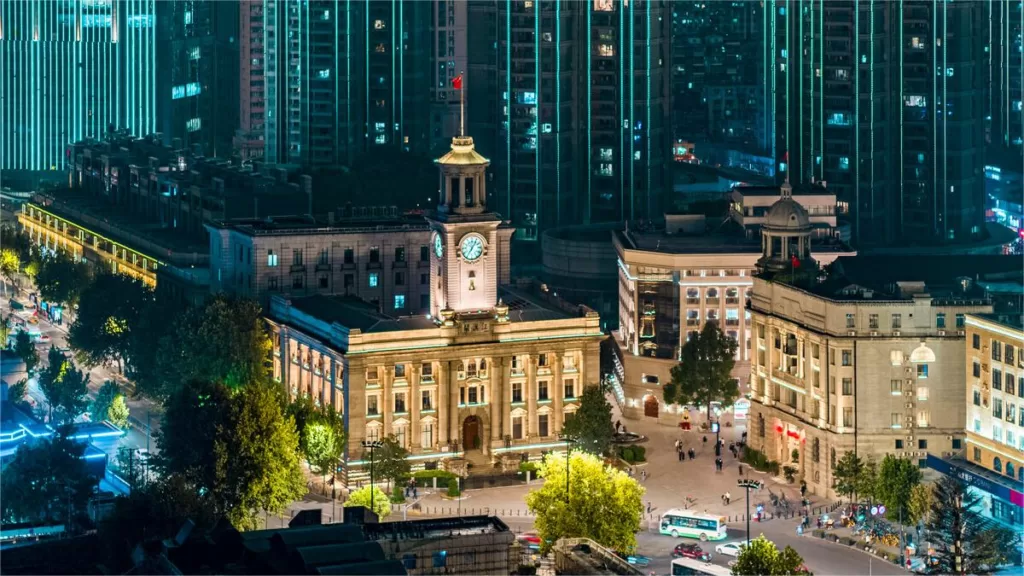
Jianghan Road – A renowned century-old commercial street

Hankou Jiangtan Park – Span a length of 7 kilometers
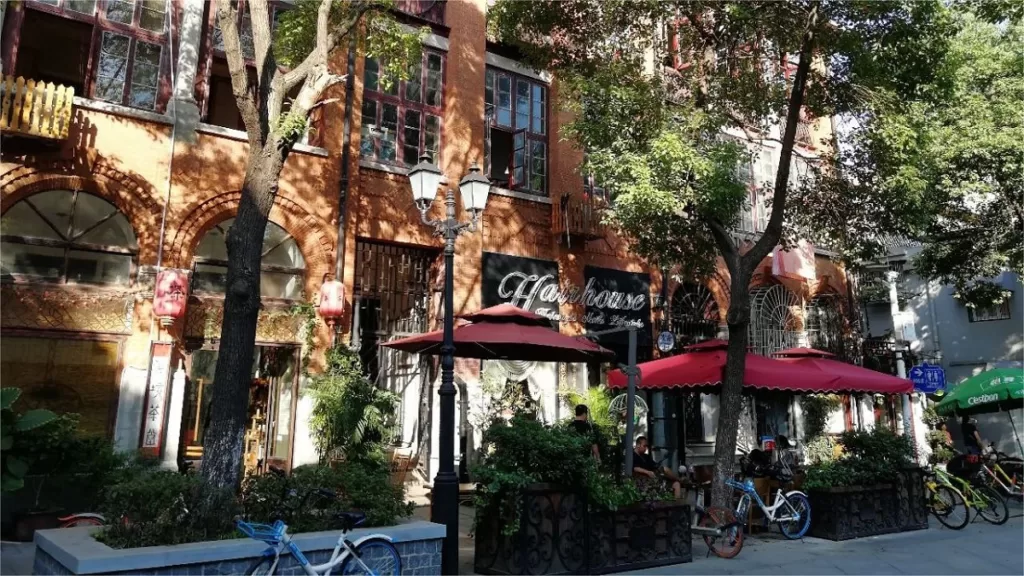
Lihuangpi Road – A street museum of historic buildings

Wuhan Zhongshan Park – In honor of Dr. Sun Yat-sen
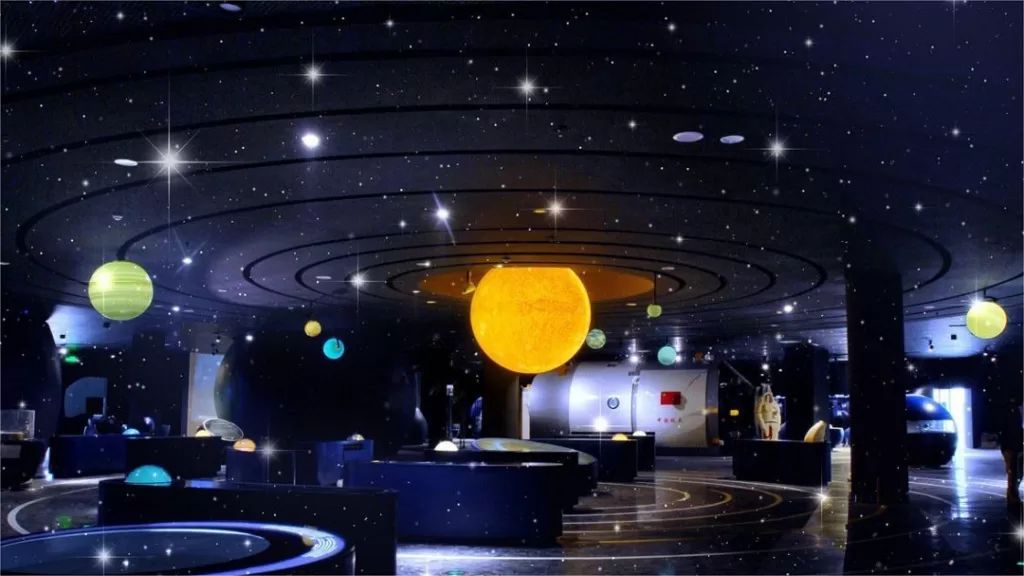
Wuhan Science and Technology Museum – A hub for science eudcation and exploration
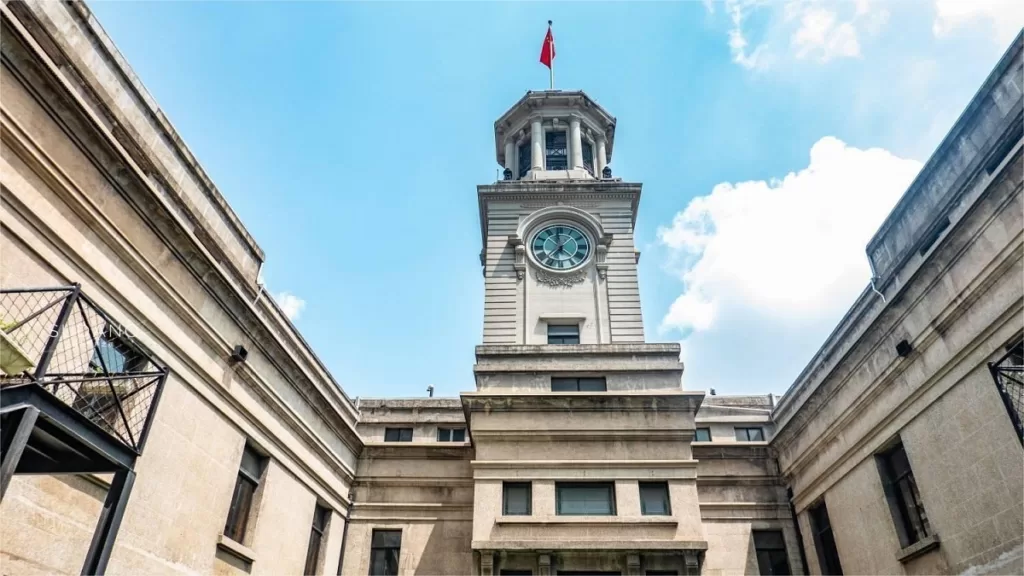
Hankow Customs Museum – A record of Wuhan’s trading history
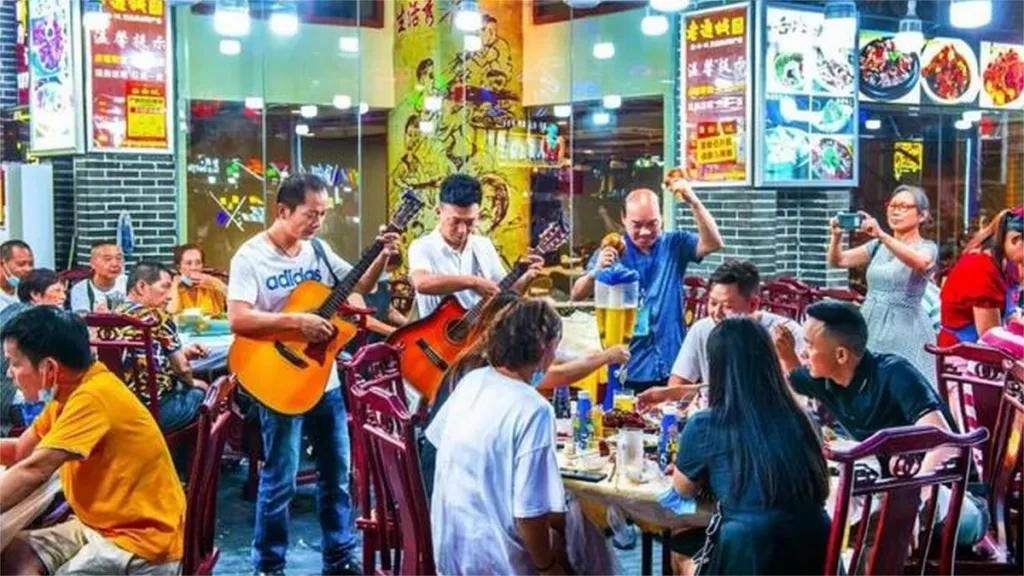
Jiqing Street – A renowned culinary destination for late-night eats
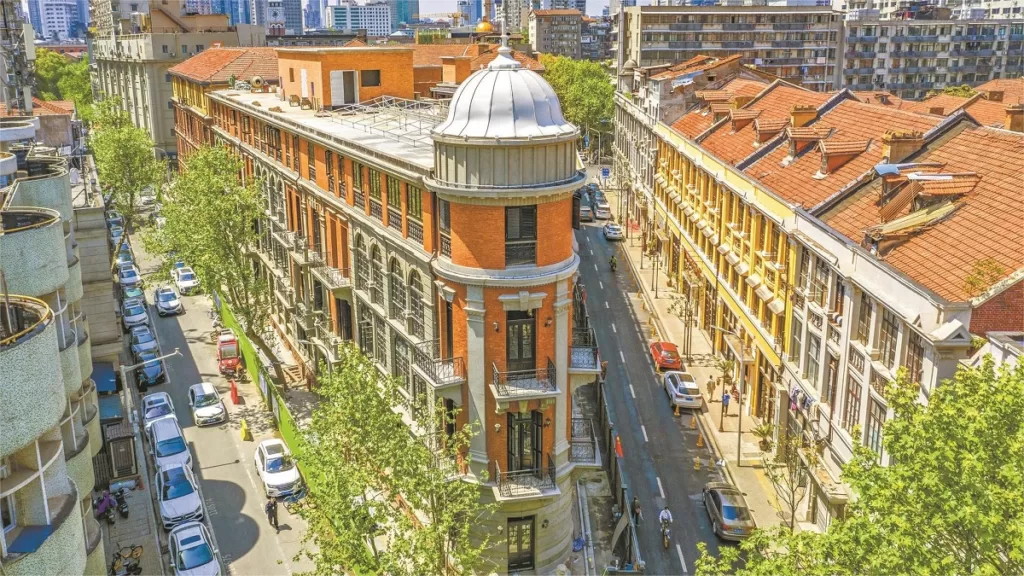
Bagong House – A witness to the rise and fall of Banov brothers
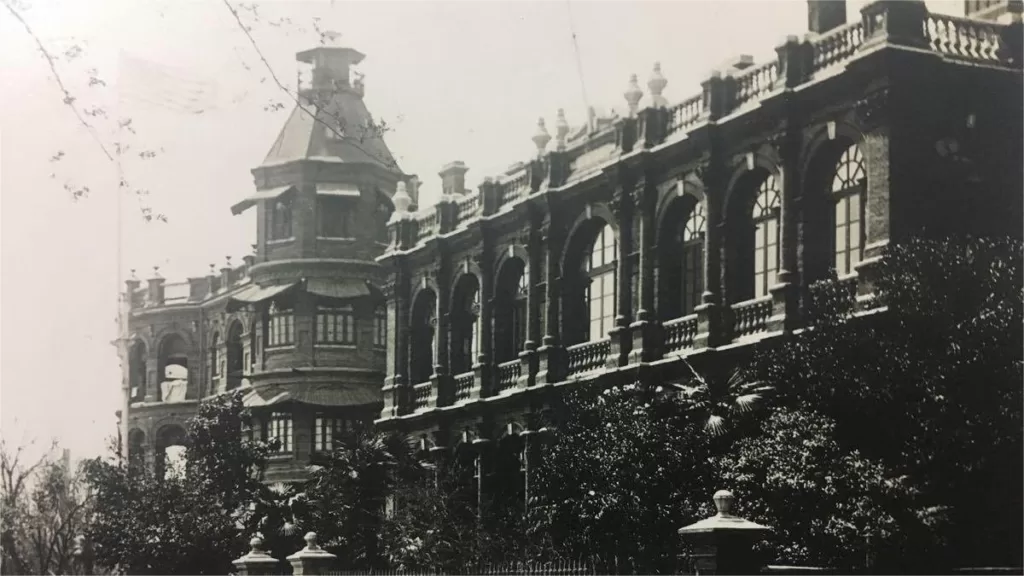
Former Site of the Consulate General of the United States in Hankou
Hubei museums, Wuhan Attractions